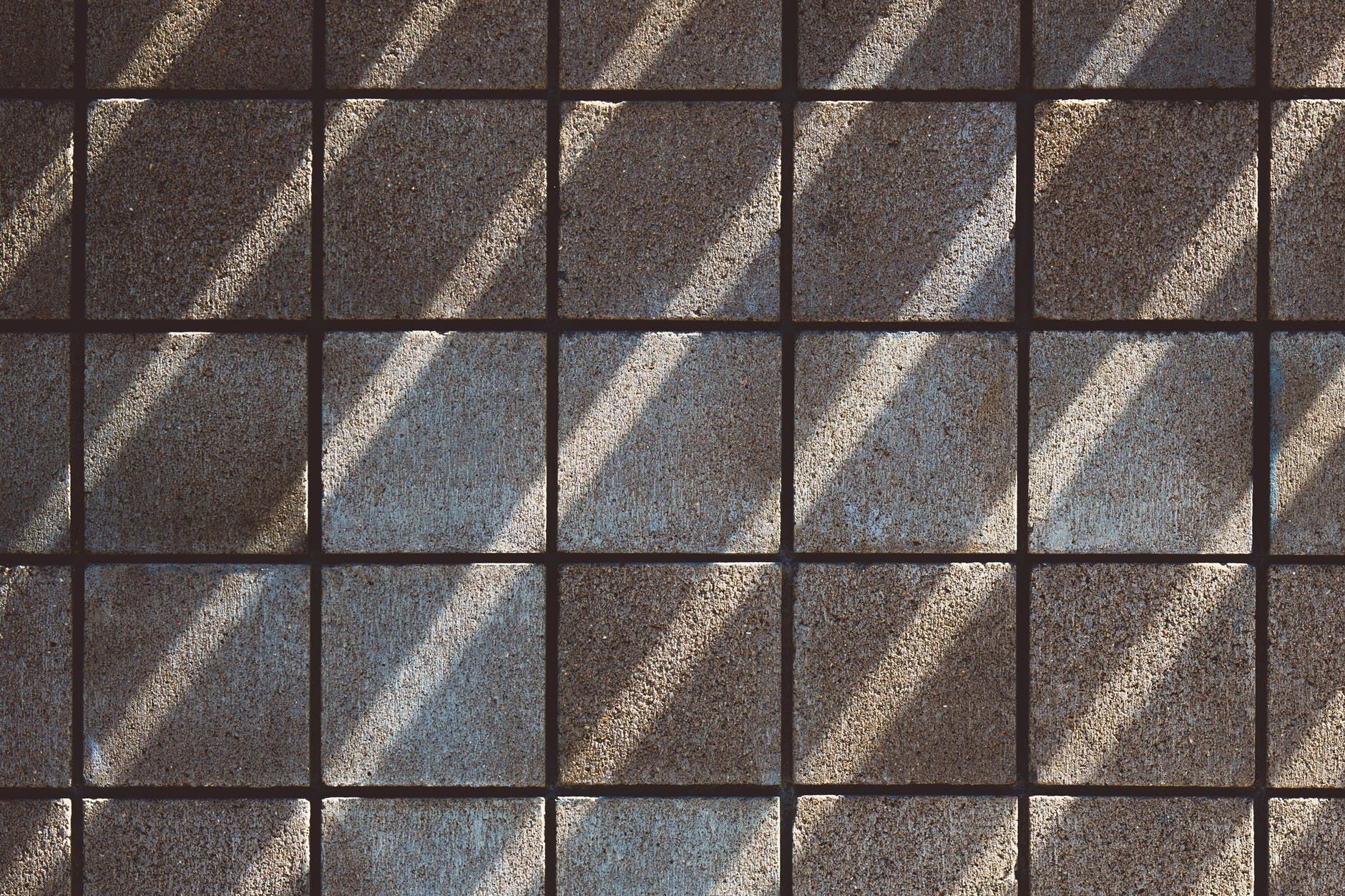Grout has a lot of useful applications that are interesting and fun. Being the ‘final touch’ of most tile jobs has its merits, and it is easy to underestimate how much grout contributes to the overall beauty of surface-based projects.
For tiles, grout provides stability while acting as the filler between each tile. There are multiple color options available for grout that can best suit the tiles of any project, and the material can either be sanded grout, unsanded grout, or epoxy grout.
Sanded Grout – Thick and sturdy. The standard grout for floor tile jobs and what this article will focus on.
Unsanded Grout – Easier to work with at the cost of durability. Because of this, unsanded grout should only be used for projects where weight pressure will not be an issue, like walls and art projects.
Epoxy Grout – Stain resistant and the best grout for places where chemical substances are anticipated, such as kitchen counters and bathrooms.
If you are planning on using grout for a home project, here are the steps for its proper application.
- Making Grout
Making grout is like preparing cake batter— it is all about consistency and proper rationing. The main ingredients are Portland cement and fine-grade sand. The amount you need to pour in the bowl is similar to the baker’s dilemma of how much flour to mix into the batch. The recommended ratio is 1:1 of cement and sand. The wider the gaps, the more sand you need for the mix, with a ratio of 1:3.
Mix cement and sand with water until the texture is smooth. Add in the grout additive to increase its strength and a color additive like acrylic mixture if you need to change its color.
If you made a mistake with your measurement and made the mix too watery, add in more sand.
- Mixing Grout
In cases where you decide buy grout mix from the store, pour the package in the bowl and add in ¾ of the amount of water required and mix it in with a trowel. As mentioned before, the batch should have a smooth, texture. As soon as it is powder-free, let the grout slake— leaving the grout untouched for about ten minutes.
Do not leave it overnight, or it will harden. Once the slaked grout has stiffened a bit, add in some water and mix it once again.
- Applying Grout
First thing’s first, wear latex gloves because it will be hard to wash the material off. Then, get a bucket filled with water and a good hand-sized sponge. Once you are ready, apply the grout onto the tiles by smearing it with a grout float.
Once you have applied grout to an area, wipe the excess off with the float and prepare the wet sponge for the rest of the mess. Be gentle while cleaning the tiles, as the pressure can cause the grout to flow out.
- Sealing the grout
Once you are done, let the area dry for five to ten minutes, then wipe off any excess grout that is left on the tiles. When you are done with cleaning, let it dry some more for a few days before applying grout sealer on your work to protect it from absorbing moisture and dirt.
Using grout is all about patience and care. Rushing a grout job will leave you with a messy floor and a lot of wasted material. If you have some excess grout lying around after the job, it is best that you save it for any future repair jobs or for some fun DIY mosaic projects, which is highly recommended for everyone to try.
![]()










